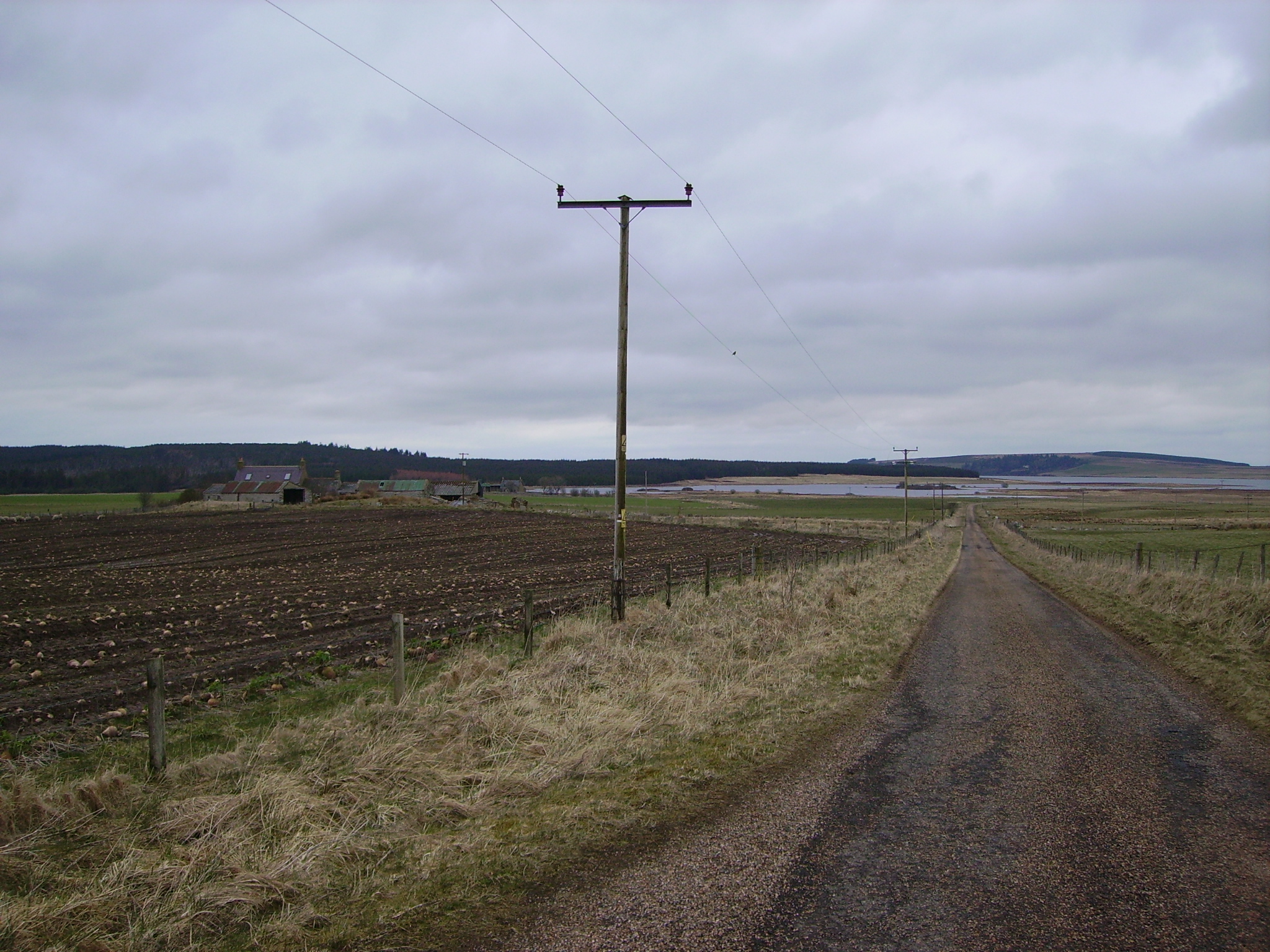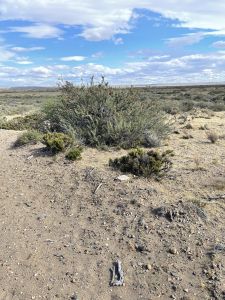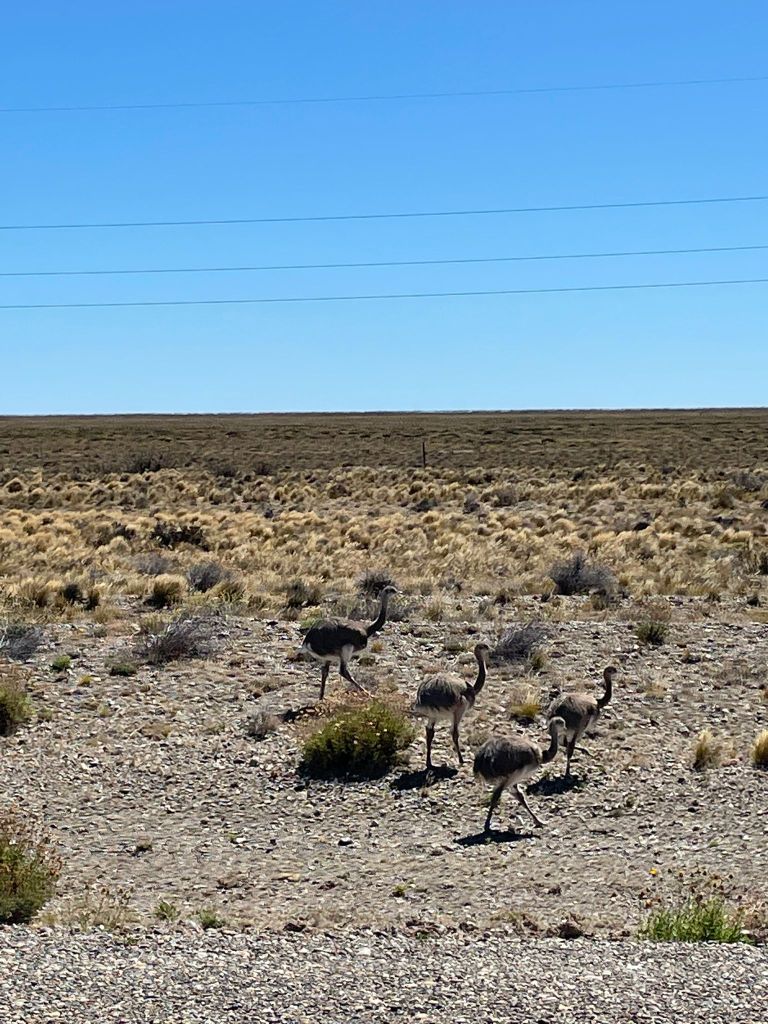
The Caithness landscape is primarily flat and is, in the main, a landscape without trees.
There are remnants of wooded plantations, primarily around the farms, but the Caithness of the late 19th century was largely treeless.
The prevailing weather is windy.
Patagonia is flat and windy, only many times more so. When the Caithness men and women arrived in Patagonia flat and windy was not a problem, but the sheer scale of the never-ending Patagonian landscape and the persistent wind must have literally and physical taken their breath away.
Rainfall in much of Caithness would reach a maximum of 40 inches per annum and changeable might be a good way of describing the Caithness climate. Patagonian rainfall might reach up to 17 inches per annum (in a good year).


Patagonia is home to numbers of wild animals. The guanaco and the rhea roam free and were important food and clothing resources.
The puma was the Patagonian sheep farmer’s nightmare, killing large numbers of sheep and lambs. These were animals that our Caithness Patagonians would never have encountered in their homeland. Foxes they knew as potential killers of lambs, and crows were always on the lookout for lambs in distress. The only ‘wild’ animal that would be killed for food was the rabbit, although seabird egg stealing attracted some attention.
In the east, Caithness has rich agricultural land and was recognised as a grain growing area
As you move west, this fertile landscape slides into boggy moorland, which is calculated at around 60% of the Caithness land mass. This westerly area eventually rises to the only modest mountain range achieving 706 meters in height at the peak of Morven.
By the end of the 19th century much of the agricultural county was made up of large farms, while the more southern and western areas clung onto the more financially precarious crofting agriculture. Large farms grew grain and bred sheep and cattle for export.
